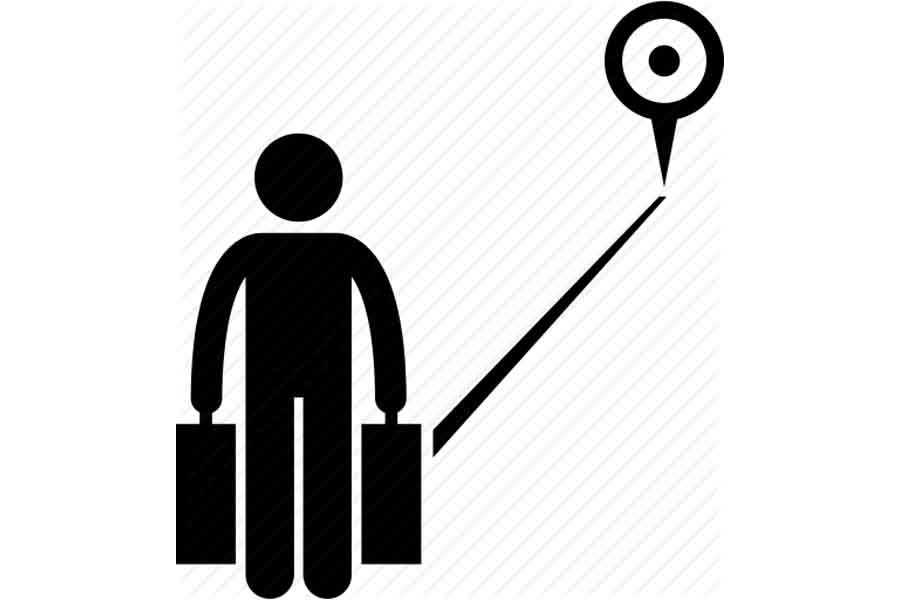The film Mahogony will probably be remembered more for the superb title song "Do you know where you're going to … ." While we are often guilty of quoting out of context, some of the words set the tone for this piece.
"Do you know where you're going to
Do you like the things that life is showing you
Where are you going to
Do you know?
Do you get what you're hopin for
When you look behind you there's no open door
What are you hoping for'
In a way the lure of migration is about icing on the cake that inevitably gets more attention than the cake. It looks good, there's an aesthetic art to it and it's definitely more sugary. That the sugar is probably the least beneficial part is overlooked. The description fits the effort by the International Office for Migration (IOM) as they launched a media campaign pleading with people to go through official channels in their quest for a better future abroad. From a government perspective, awareness campaigns are the easiest form of action without ruffling feathers. But internationally, the concern is bigger, much bigger. Of late the media is doing figure counting of women being trafficked to India for the oldest trade in the world. IOM has figures that are more effective than stun guns.
According to their figures, of the 1.78 million that enter our job market there are only around 0.2 million jobs available. Another 0.58 million travel abroad officially for work. That leaves around a million who are supposed to be involved in 'informal vocations'. No two guesses as to where they head. Globally one third of global remittances of $ 573 billion are illegal and come from dubious sources through equally dubious channels. Forty million people in this day and age are enticed in to modern-day slavery, though very few of the horror stories are told. Why? Because one person does not make the headlines. The fact that 50 per cent of these are in the Asia-Pacific region doesn't gel either, just as does not the fact that the biggest refugee asylum in this part of the world has sprung up in tiny Bangladesh.
Four out of 1,000 people are victim and for the economists who proudly talk of remittances as a positive economic phenomenon, which it is, profits raked in by the traffickers are four times the size of ours. Those are certainly figures not to be sniffed at.
In an indirect appeal, the IOM has calculated that of the $ 28 billion remittance from readymade garments only $ 15 billion is net.
Those working on the issue in Bangladesh, have heir hands full in trying to cope with the natural migration from rural to urban areas that bring with it a host of issues ranging from housing, sanitation, exploitation and food. The BAIRA, the association for recruiting agencies blame it on the middle-man because it shortens the process. No one has the answer why, in spite of repeated tragedies, people don't learn. A few months ago, the headlines were all about people trying to migrate to the Asian-Pacific countries by boat -- a dangerous venture that can only be explained by desperation.
And yet it doesn't have to happen that way. With the spread of the information kiosks, adequately manned migration personnel can help not just through advice but in conjunction with non-governmental organisations (NGOs) and the IOM to prepare would-be-job-seekers for the countries they're headed for. This include clearly and simply explaining the laws. This is a vital cog in getting people to realise that the official channels of remittance, though a little expensive can provide added value. In the sultry tones of Diana Ross,
"When you look behind you there may be open doors, and not claws reaching for our hearts."


